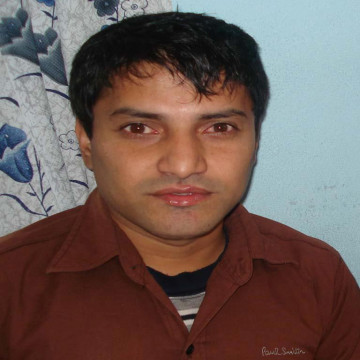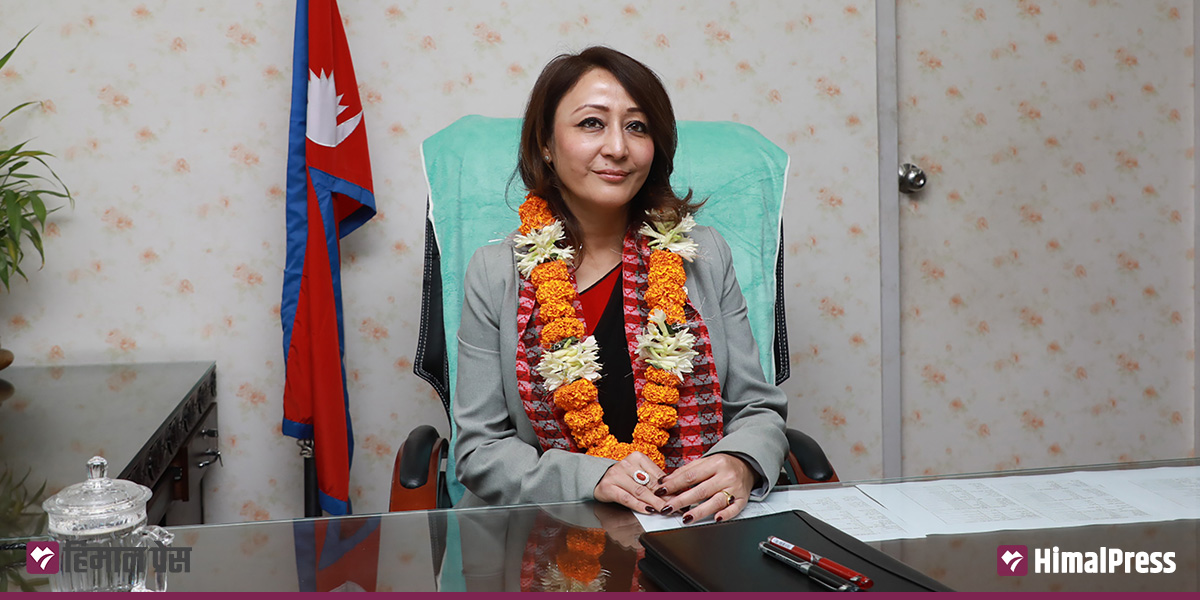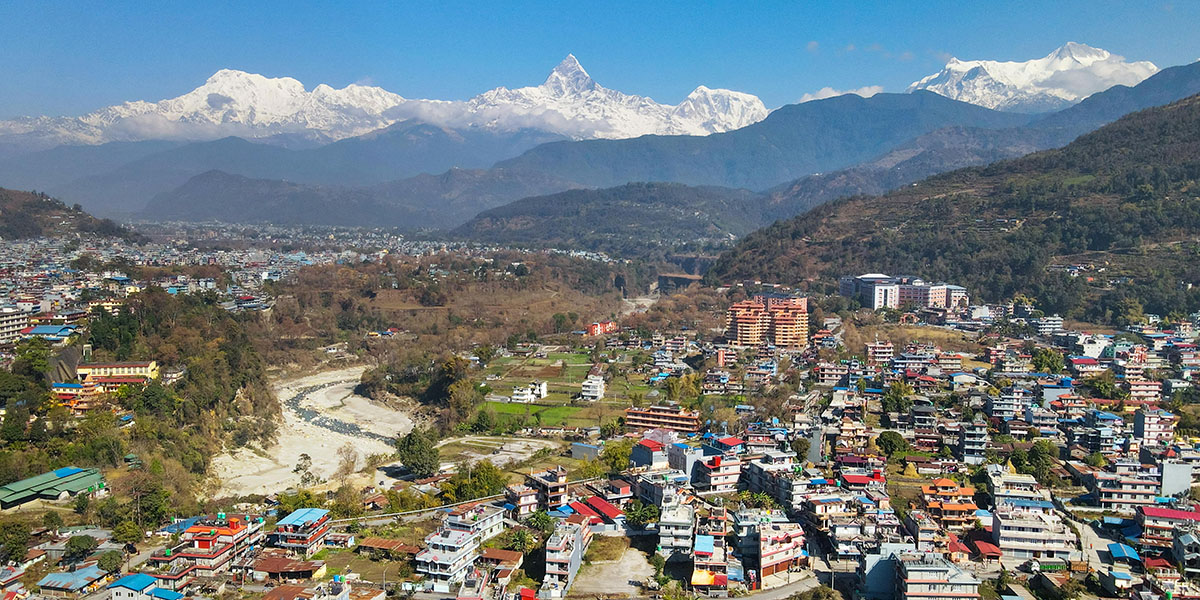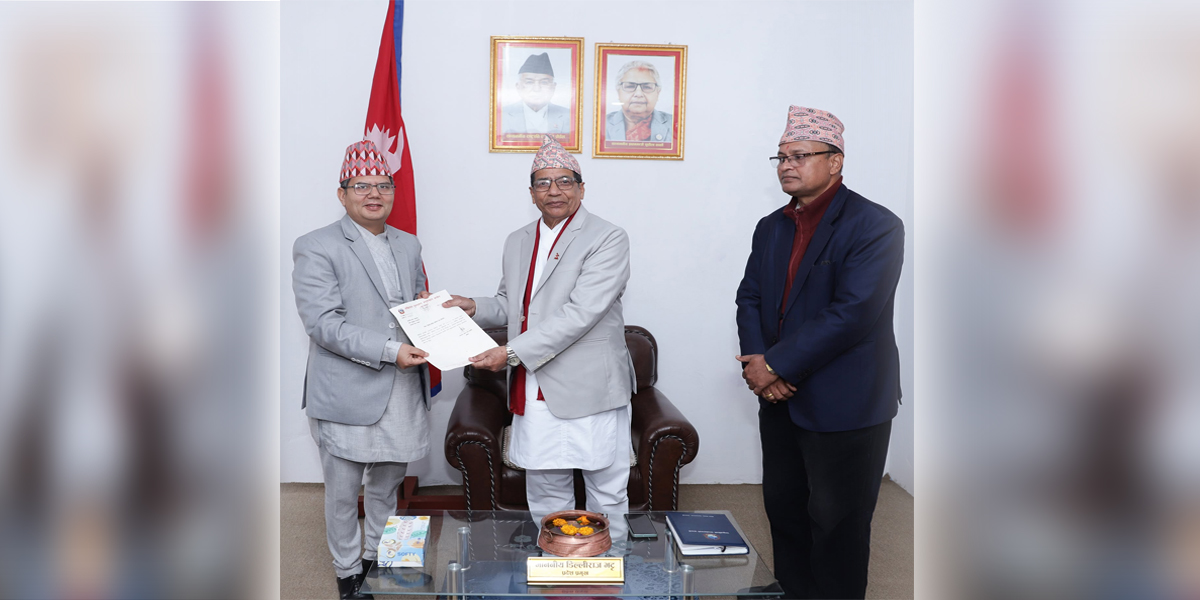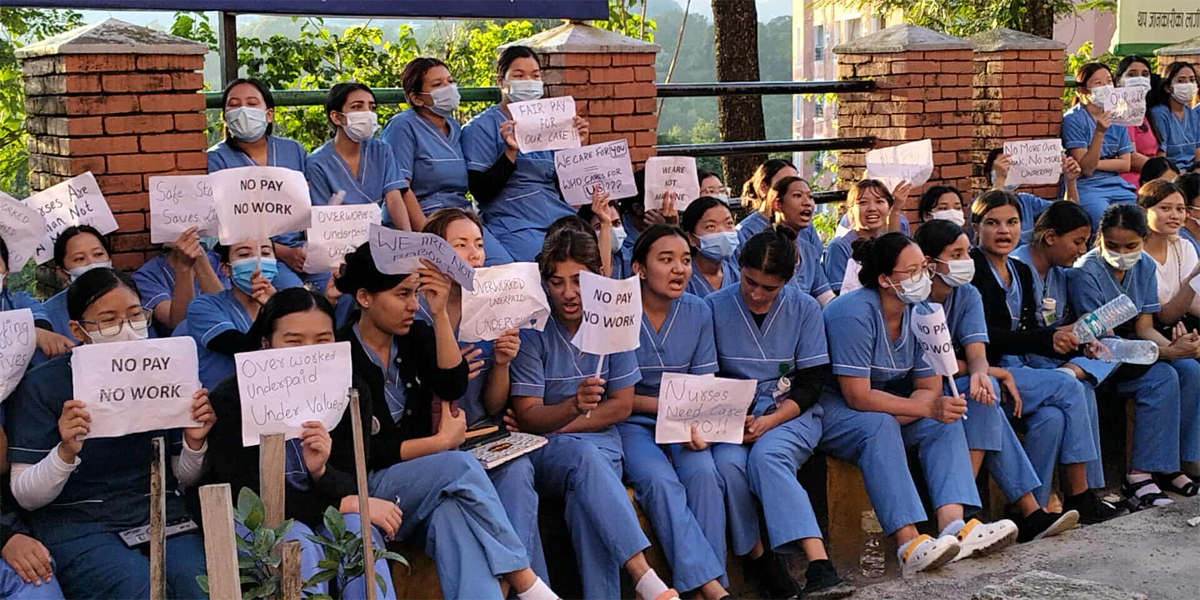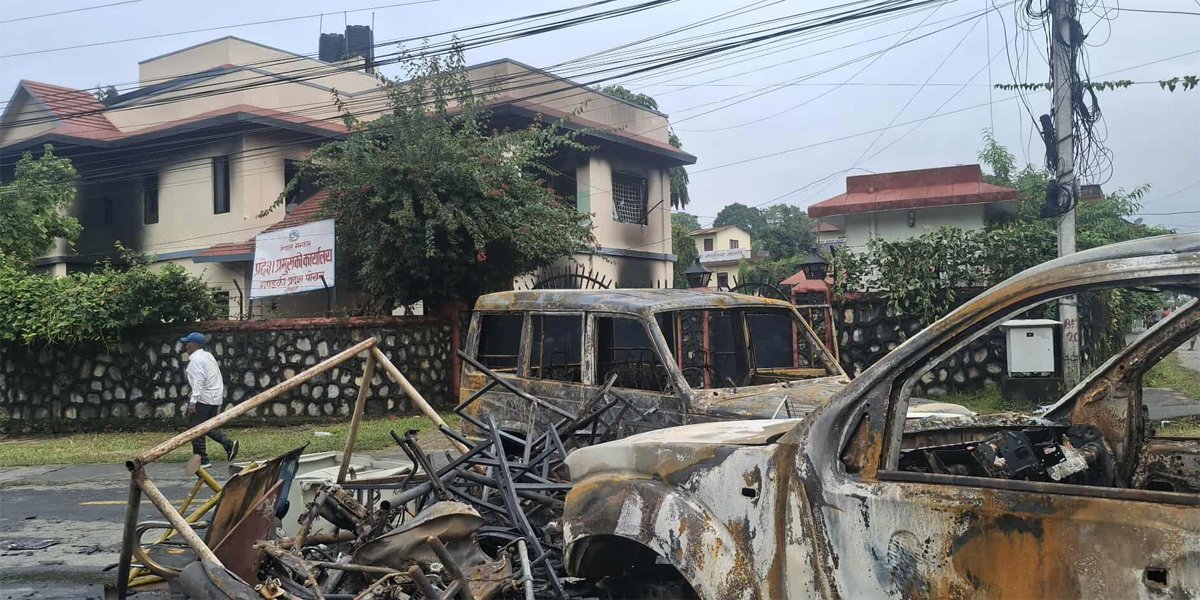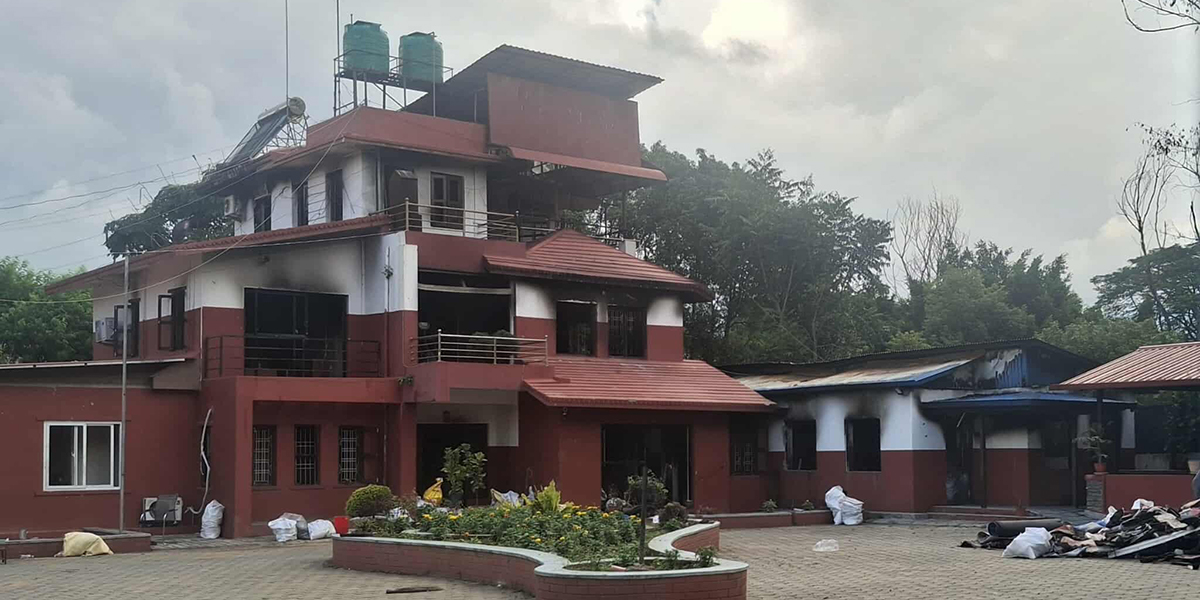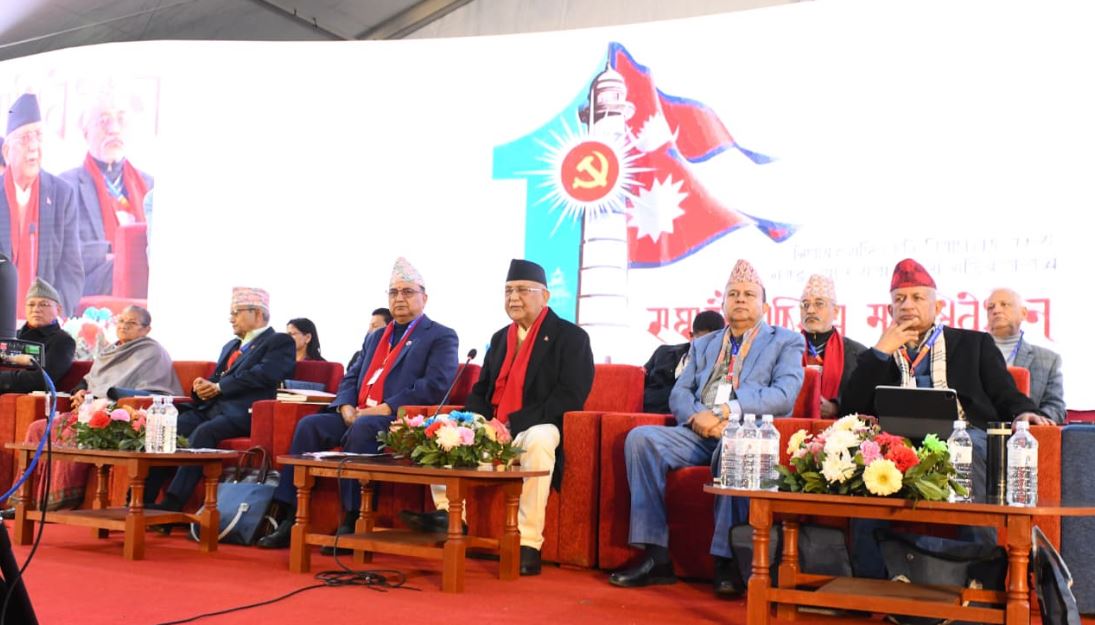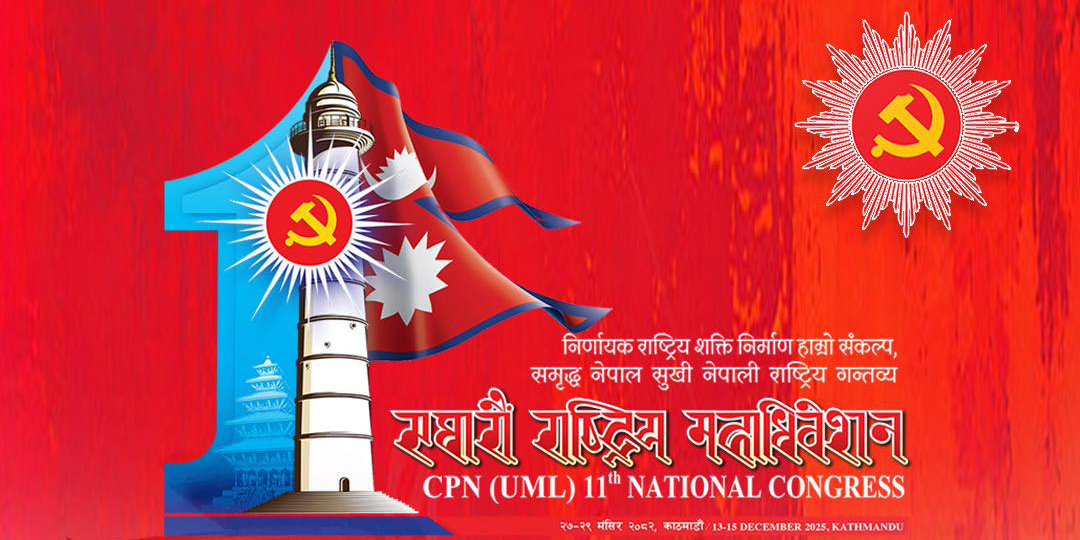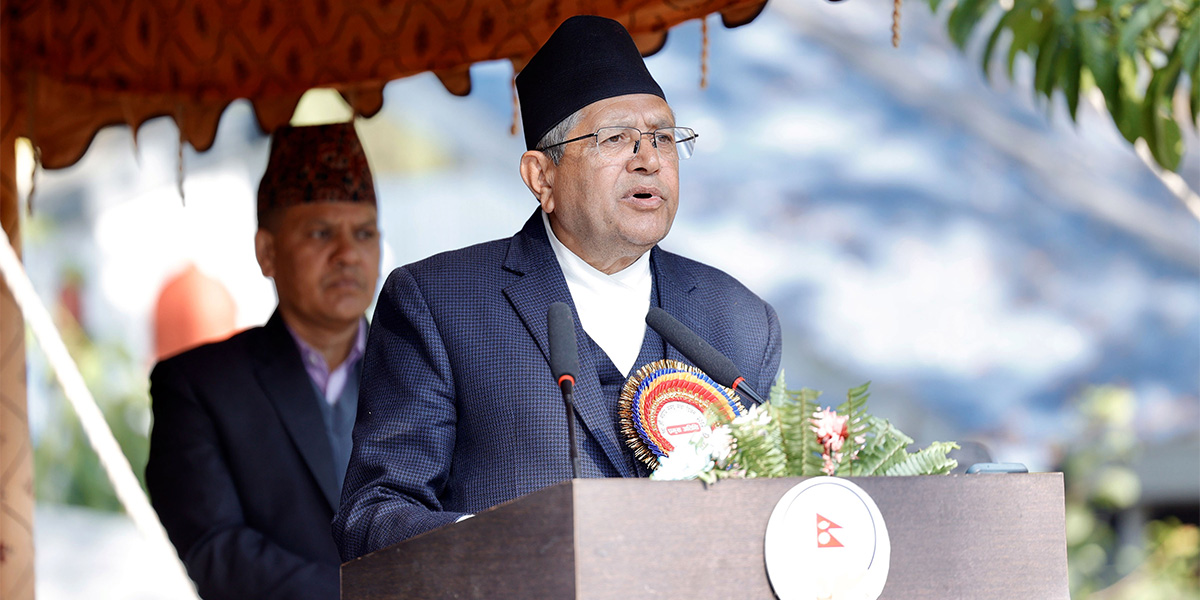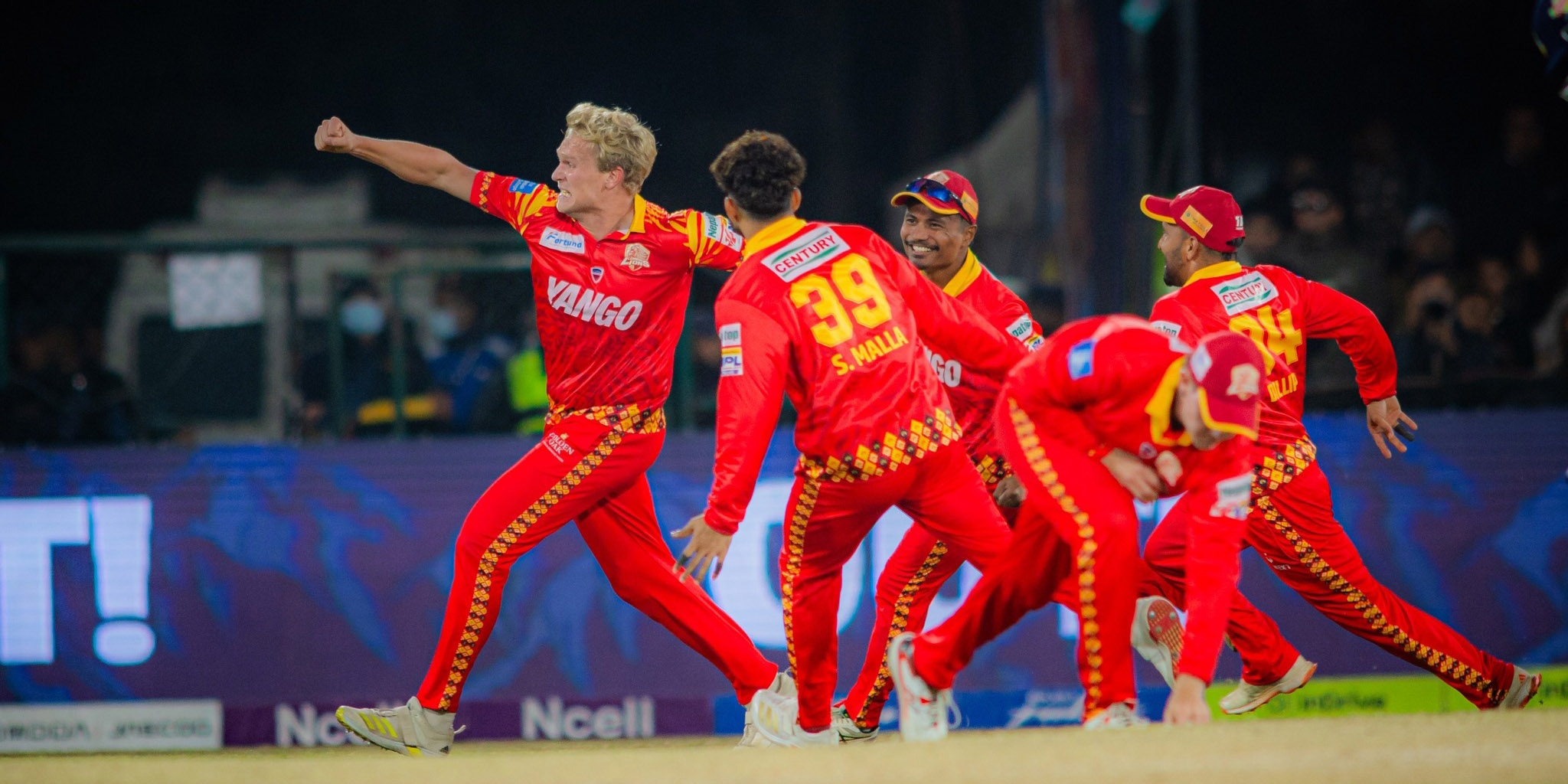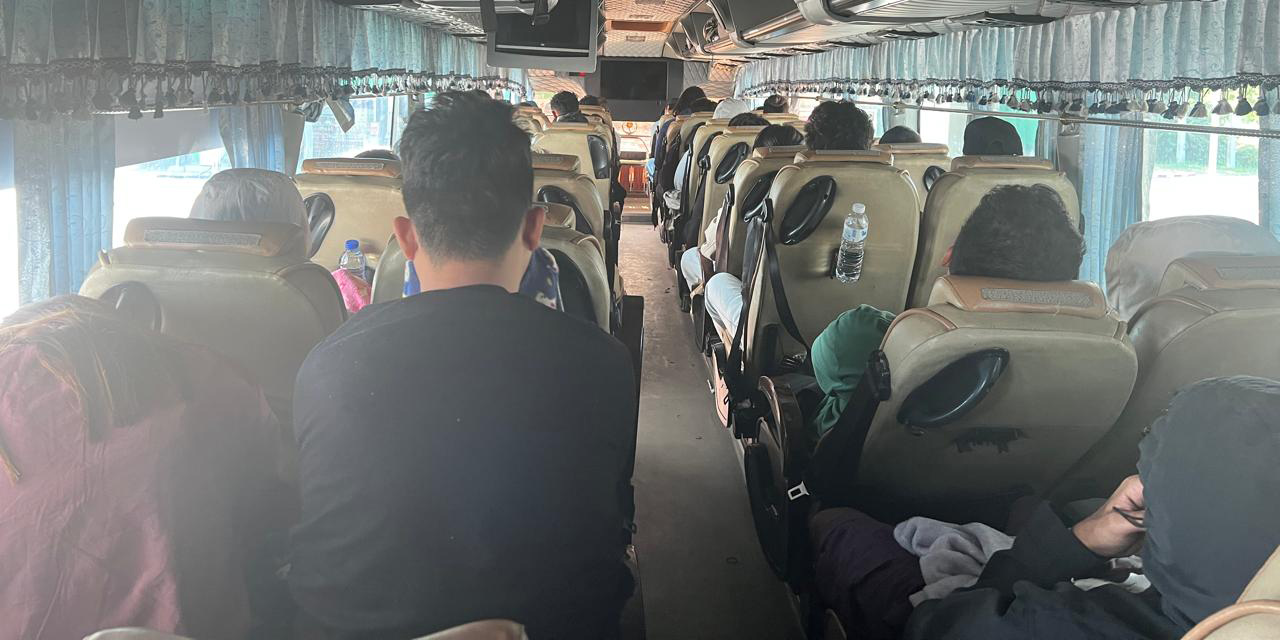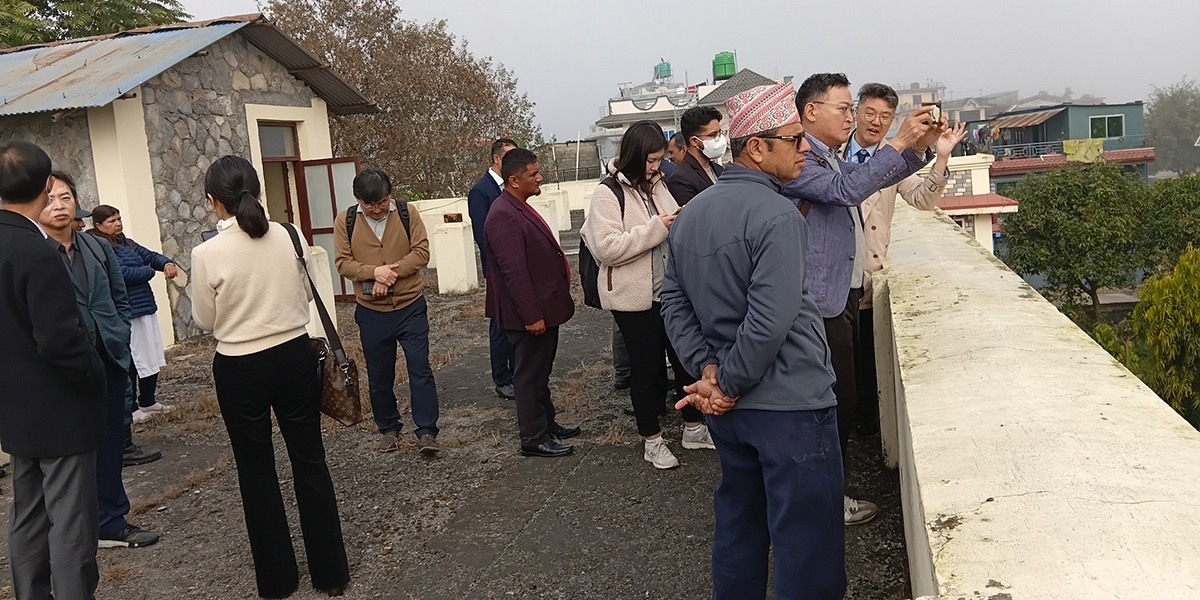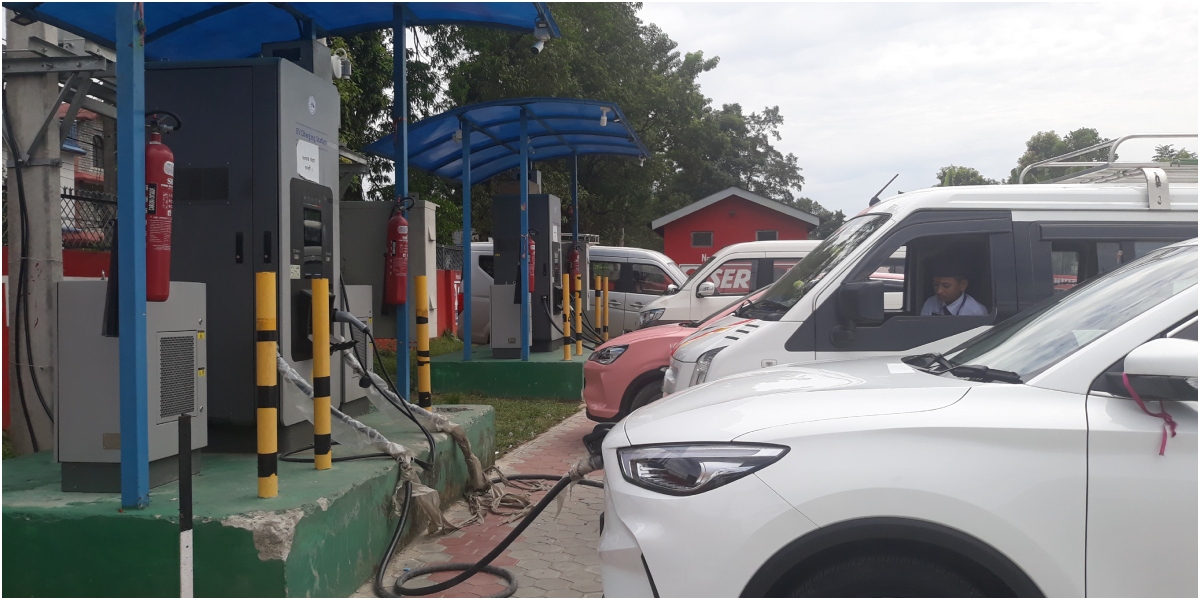
POKHARA: Shrinagar Transport Company Pvt Ltd started operating electric vehicles (EVs) on the Pokhara-Tansen route last month. Dil Bahadur Dhungana, president of the company, said the microbuses, equipped with folding seats and air conditioning, have made travel more convenient for passengers.
The company currently operates one vehicle daily from both Tansen and Pokhara. Due to their compact size, these vehicles can provide door-to-door service in both cities, Dhungana added.
Kamal Regmi from Durlung in Kushma-3, Parbat, spent Rs 4.3 million two months ago to purchase an 11-seater Foton electric microbus. He compares driving this vehicle to operating a taxi. “The fares are affordable. I was attracted to EVs because of lower maintenance costs and the absence of fuel expenses, which will increase my earnings,” Regmi said. “When driving a taxi in the past, around Rs 100,000 would go on petrol, engine oil, and other expenses every month. I can save this money now.”
Bishaj Poudel, a regular EV passenger on the Pokhara-Kushma route, said he prefers EVs whenever possible due to their comfort and lower fares. Poudel said he has been paying only Rs 300 for a round trip, which usually costs Rs 600 in other vehicles.
With the growing popularity of EVs, their presence on the roads has increased significantly. The Transport Management Office in Gandaki has registered 990 electric vehicles by mid-July, said Ashok Gautam. The office has registered 373 motorcycles/scooters, 549 cars, 13 pickup vans, and 55 microbuses, according to Gautam. “The registration of EVs is on the rise,” he added.
Microbuses from brands like KYC, King Long, SRM, and Foton are in high demand, say distributors.
Inadequate Charging Infrastructure
The Kalika Petrol Pump premises in Malepatan, Pokhara-5, offer 24-hour charging facilities. The Nepal Electricity Authority (NEA) installed a public EV charging station at this refilling station, operated by the Armed Police Force, in September last year.
The charging station at Kalika Petrol Pump can charge up to six vehicles simultaneously. A typical charging session taking about an hour.
There are two more charging facilities like this in Pokhara Metropolitan City. The other two are located at the Tourist Bus Park near Rastra Bank Chowk and at Talchowk along the Prithvi Highway. Similarly, companies like CG and BYD have installed DC fast charging stations. Some hotels and auto servicing centers also have a few AC charging facilities.
EV drivers say there are not sufficient charging stations on major highways to and from Pokhara. Shalikram KC from Thulipokhari, Parbat, who drives an electric microbus on the Pokhara-Parvat route, says there is always a fear of running out of battery when driving. “We often have to rush to Pokhara to charge when traveling long distances,” he said, underlining the need for more charging stations along major highways. “While the government has provided subsidies for EV imports, it hasn’t adequately addressed the charging infrastructure.”
KC, who recently purchased an electric microbus that can accommodate up to 14 passengers for the Pokhara-Kusma route, said the future of EVs would be very promising if charging constraints are addressed.
Ramji Gurung, a driver for Gurung Travels operating on the Pokhara-Kusma-Baglung-Beni-Durlung route, shared similar concerns. “We need more charging stations along highways. There is always the fear of the vehicle running out of charge,” he added.
EV drivers and owners said that vehicles running on battery benefit not only the passengers but also the country. “EVs benefit the state, provide comfortable travel and lower fares for passengers, and are profitable for vehicle owners as well,” said KC. “EV proliferation can stop money going out of the country to buy fossil fuel.”

